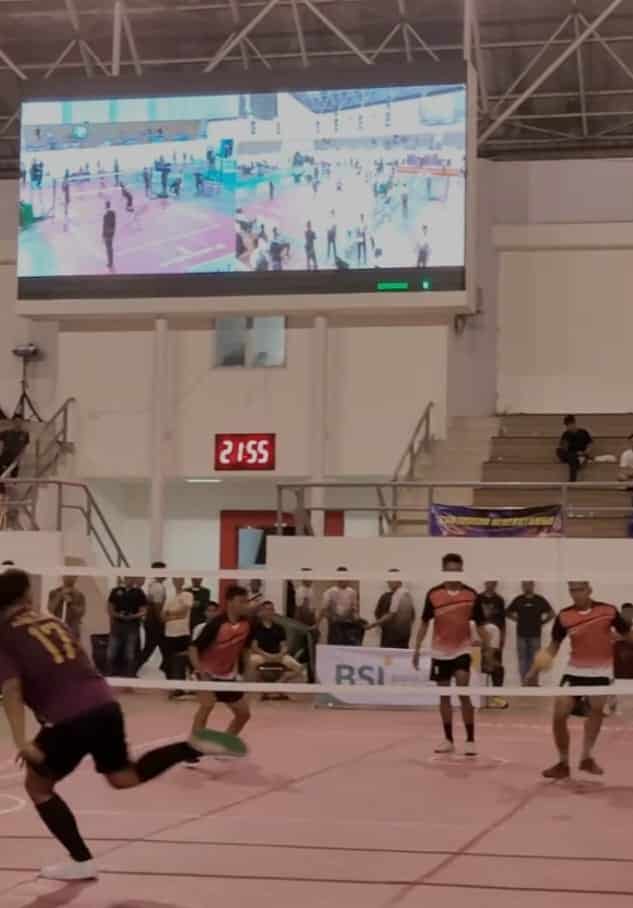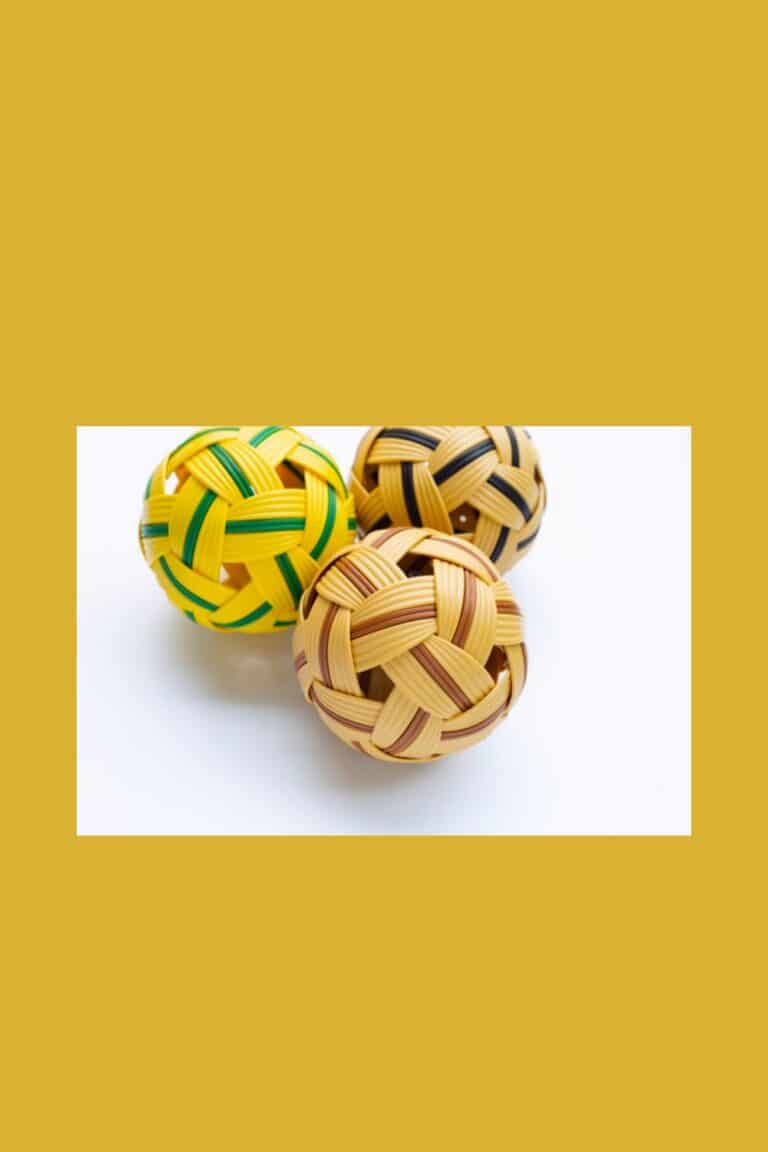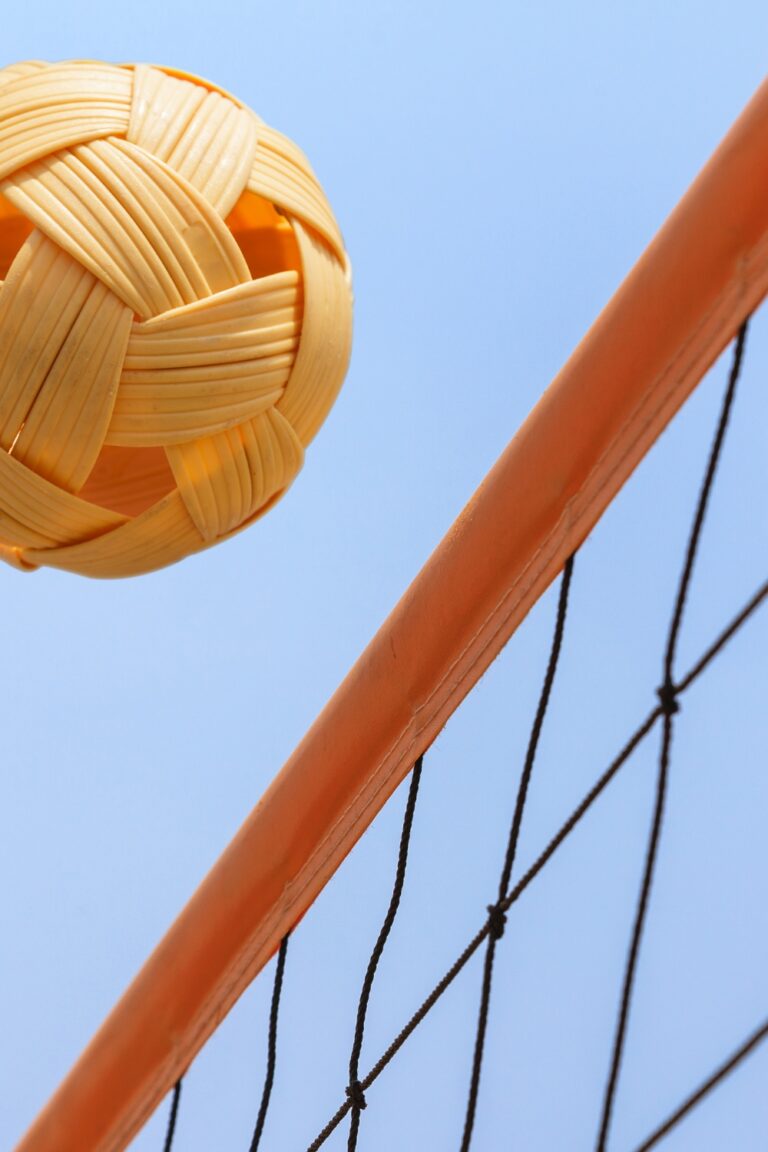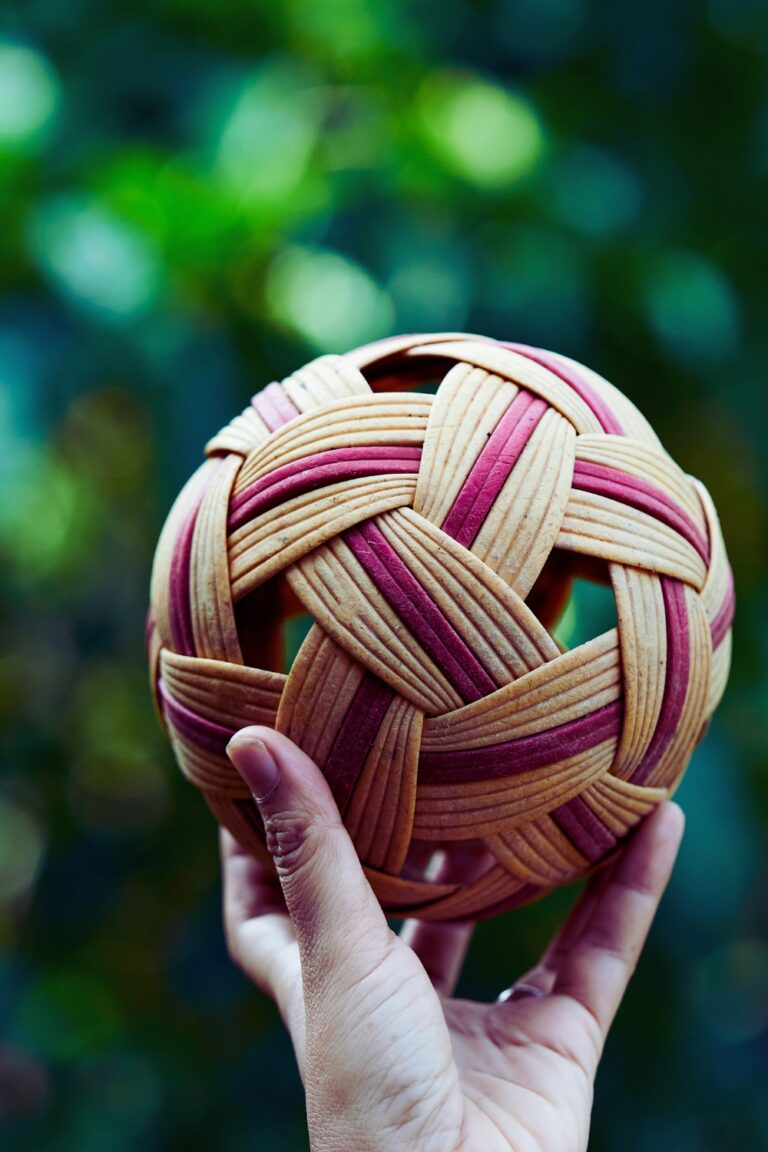When people ask me about sepak takraw, the first thing I tell them is this: it’s not just a ball, it’s the heart of the game. Without the right sepak takraw ball, even the most skilled players can’t perform their best. This woven, lightweight, and durable ball is what sets the sport apart from any other.
In this article, I’ll break down everything you need to know about the sepak takraw ball — its materials, sizes, weight, and even how it impacts gameplay. As an enthusiast who has followed this sport for years, I’ll share insights, expert opinions, and even some surprising facts. So, let’s dive in!
What is a Sepak Takraw Ball?
The sepak takraw ball is a hand-woven ball traditionally made from natural rattan or synthetic plastic. It’s lightweight, hollow, and designed to endure intense kicks and aerial flips without losing shape or flexibility.
- Material: Traditionally made from rattan, modern sepak takraw balls now use synthetic fibers for durability.
- Weight: Typically weighs between 170–180 grams.
- Circumference: Approximately 42–44 cm.
- Color: Bright and vibrant colors like yellow, orange, or green for visibility.
In short, every detail of the ball — from its material to its structure — is meticulously crafted to ensure precision and performance.
The Evolution of the Sepak Takraw Ball
I still remember when traditional rattan balls were the norm. They were handwoven, delicate, and prone to damage when wet. Today, synthetic balls dominate professional tournaments, offering durability, consistency, and better performance in varying weather conditions.
Quick Fact: The first official standard for sepak takraw balls was set by the International Sepak Takraw Federation (ISTAF) in 1990.
Read: Crafting Your Own Sepak Takraw Ball: A Step-by-Step Guide
Sepak Takraw Ball Origin
The Sepak Takraw ball originated in Southeast Asia, with historical roots tracing back to the 15th century. The sport itself is believed to have been played in regions such as Malaysia, Thailand, Indonesia, and the Philippines under different names and slightly varied rules.
Historical Origins:
- In Malaysia, it was called Sepak Raga (Sepak means “kick” and Raga refers to a woven ball).
- In Thailand, it was known as Takraw.
- The game was originally played in a circle, where players would keep the rattan ball aloft using only their feet, head, knees, and chest.
Evolution of the Ball:
- Traditionally, Sepak Takraw balls were handwoven from natural rattan palm stems.
- Modern Sepak Takraw balls are often made from synthetic materials like plastic or polyethylene for durability, consistency, and safety.
Modern Standardization:
In 1960, the rules and style of the game were formalized, and it became a competitive sport. The modern ball now adheres to international standards set by the International Sepak Takraw Federation (ISTAF).
If you’re exploring more about the ball’s materials or history for your article, let me know—I can dive deeper!
Comparison Table:
| Material | Durability | Weather Resistance | Usage |
|---|---|---|---|
| Natural Rattan | Low | Poor | Casual Play |
| Synthetic Plastic | High | Excellent | Professional Matches |
How the Ball Affects Gameplay
Every kick, header, and pass in sepak takraw revolves around the ball. A lightweight ball allows players to execute aerial tricks and powerful spikes with precision. The ball’s weave pattern isn’t just for aesthetics; it ensures grip, control, and minimal air resistance.
Expert Opinion: According to Coach Rizal Ahmad, a seasoned sepak takraw coach, “The ball’s responsiveness directly influences a player’s ability to execute complex maneuvers. A poor-quality ball can disrupt even the best game plans.”
Popular Sepak Takraw Ball Brands
When it comes to purchasing a sepak takraw ball, quality matters. Here are some leading brands:
- Marathon: Known for high-quality synthetic balls.
- Gajah Emas: Durable and widely used in Southeast Asia.
- Mikasa: Popular for international tournaments.
Price Range: A standard sepak takraw ball typically costs between $10–$50, depending on the brand and quality.
Buying Guide for Sepak Takraw Balls
If you’re planning to buy a sepak takraw ball, here are some tips:
- Purpose: Training or professional matches?
- Material: Synthetic for durability, rattan for tradition.
- Weight and Size: Follow ISTAF standards.
- Brand Reputation: Stick to trusted brands.
- Grip: Check the weaving pattern for better ball control.
Maintenance Tips
A sepak takraw ball can last longer with proper care:
- Keep it Dry: Avoid using it in heavy rain.
- Store Properly: In a cool, dry place.
- Regular Checks: Inspect for damages or loose weaves.
FAQs
| Question | Answer |
| What is the standard size of a sepak takraw ball? | 42–44 cm in circumference. |
| Can I use a rattan ball for professional games? | No, synthetic balls are preferred for official matches. |
| How much does a sepak takraw ball cost? | Between $10–$50. |
The Manufacturing Process of a Sepak Takraw Ball
Creating a sepak takraw ball is a blend of tradition and modern technology. Traditionally, artisans hand-wove rattan strips into a hollow ball. Today, factories use precise machinery to produce synthetic balls that meet ISTAF standards.
- Material Selection: High-quality synthetic fibers or treated rattan.
- Weaving: Machines or skilled artisans weave the material into a spherical shape.
- Testing: Balls are tested for weight, circumference, and bounce.
- Quality Check: Final inspections ensure every ball meets tournament standards.
Choosing the Right Ball for Your Needs
- For Beginners: Go for affordable synthetic balls.
- For Training: Durable balls with reinforced stitching.
- For Professional Matches: ISTAF-approved synthetic balls.
Final Thoughts
The sepak takraw ball isn’t just sports equipment; it’s a symbol of culture, precision, and athleticism. Whether you’re a beginner or a seasoned player, choosing the right ball can elevate your game. As Coach Rizal Ahmad once said, “A great ball doesn’t make you a great player, but it certainly helps you play your best game.”
So, next time you step onto the court, make sure you have the right ball in your hands—or rather, at your feet. Play hard, stay sharp, and enjoy the game!






